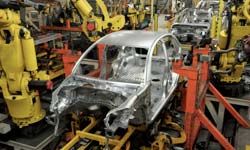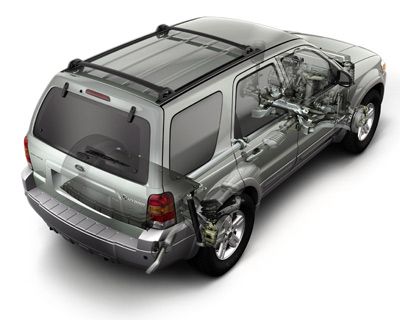Would you drive a car made out of plastic?
Well, there's a good chance you already do; that is, if you drive at all. That's because today's cars are an average of about 300 pounds (136.1 kilograms), or approximately 8 percent, of plastic by weight (source: American Chemistry Council).
Advertisement
Though we typically think of cars as being made of steel, iron, aluminum and other metals, the plastic content is steadily increasing. In fact, you can expect to see lots more plastic in auto manufacturing, primarily for these three reasons:
- Plastic weighs up to 50 percent less than other auto manufacturing materials (exactly how much lighter depends on its intended purpose, thickness, composition and so on) making it an ideal material to make cars more fuel-efficient.
- The manufacturing process is more straightforward, with parts typically injection-molded or blow-molded from plastic resin, as opposed to the welding, stamping and other processes for shaping metal in automotive manufacturing.
- Plastics offer wide versatility in the shapes into which they can be formed -- everything from engine intake manifolds, fuel tanks and steering wheels to interior door panels complete with built-in speaker baffles and much, much more.
You may have heard some of the negative press surrounding automotive plastics. Truth be told, the "new car smell" that many people associate with good memories of brand-new vehicles is actually the release of toxic chemicals from certain automotive plastics.
Volatile organic compounds, a class of chemicals that are harmful to breathe, are emitted profusely from new car parts including steering wheels, dashboards, seats, and carpets. To achieve the properties that automakers seek for durability, texture and so on, auto plastics have traditionally been made of a toxic soup of chemicals that can include arsenic and formaldehyde.
According to the Ecology Center, an environmental watchdog group, these chemicals can escape into a car's interior air for years after it's made, slowly poisoning the owner and occupants. To their credit, auto manufacturers have begun taking steps to use more environmentally friendly materials for car interiors (source: Ecology Center).
For more information about the important role of plastics in automotive manufacturing, follow the links on the next page.
Advertisement


